High-risk driver insurance options
Introduction
Getting collision protection as a High-risk driver insurance options can be testing, yet it’s anything but an unconquerable undertaking. In this extensive aide, we will dive into the subtleties of high-risk driver protection choices, investigating the variables that classify people as high-risk, the difficulties they face, and the different protection choices accessible to them.
I. Seeing High-Hazard Drivers
Meaning of High-Chance Drivers
High-risk drivers are people seen by protection suppliers to be at a higher probability of being engaged with mishaps or documenting claims. A few variables add to the grouping of a driver as high-risk, including a past filled with mishaps, criminal traffic offenses, unfortunate credit, or being a new and unpracticed driver.
High-Risk Accident History Contributing Factors: A driver’s high risk status can be determined by having multiple at-fault accidents.
Criminal traffic offenses: Rehashed petty criminal offenses, like speeding tickets or foolish driving, add to high-take a chance with status.
DUI or DWI Convictions: Driving impaired or driving while inebriated convictions fundamentally increment the gamble discernment.
Unpracticed Drivers: People with minimal driving experience, for example, youngsters or the people who got a permit further down the road, might be viewed as high-risk.
Unfortunate Financial record: Since people with bad credit are thought to be more risky, some insurance companies take credit scores into account.
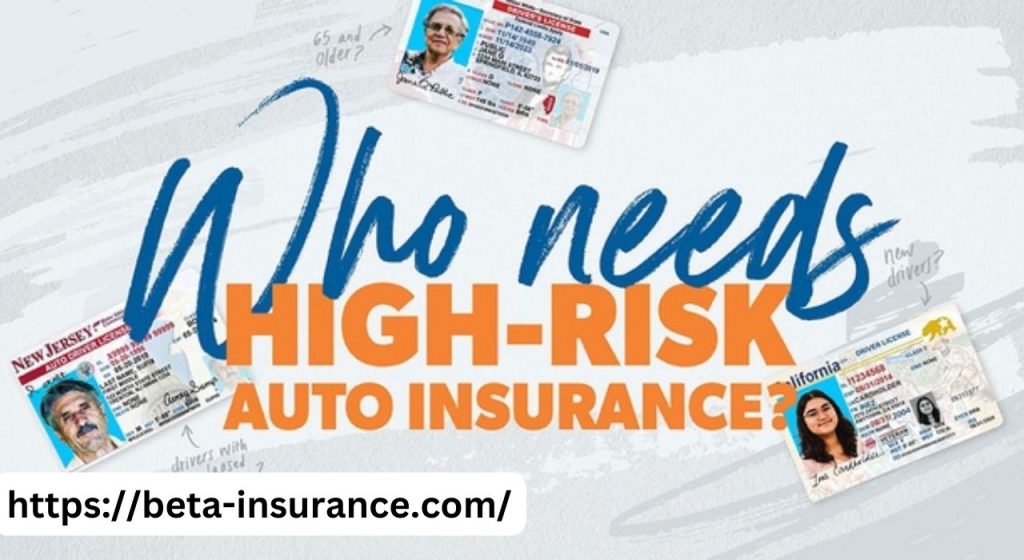
II. Challenges Looked by High-Hazard Drivers
Higher Charges
One of the essential difficulties looked by high-risk drivers is the greater expense of insurance payments. Protection suppliers alleviate the apparent gamble by charging higher rates to make up for the potential for expanded claims.
Restricted Inclusion Choices
High-risk drivers might experience limits in inclusion choices. Some protection suppliers might offer just fundamental inclusion, barring specific additional items or thorough inclusion.
Potential Strategy Non-Recharging
Insurance suppliers maintain all authority to non-reestablish contracts for high-risk drivers. In the event that a driver’s gamble profile doesn’t line up with the organization’s gamble resistance, they might decide not to recharge the strategy.
III. Protection Choices for High-Hazard Drivers
State High-Chance Pools
A few states work high-risk protection pools intended to give inclusion choices to drivers who experience issues getting protection in the standard market. These pools might offer inclusion at higher rates however guarantee that high-risk drivers approach fundamental protection.
Non-Standard Protection Suppliers
Non-standard protection suppliers have some expertise in offering inclusion to high-take a chance with drivers. While expenses might in any case be higher than normal, these suppliers center around obliging people with testing risk profiles.
High-risk drivers can also take advantage of assigned risk plans. High-risk drivers are assigned to insurance companies in these plans, spreading the risk among several providers. This guarantees that high-risk people can in any case get inclusion, yet at possibly greater expenses.
IV. High-Chance Driver Protection Choices Made sense of
1. Responsibility Just Inclusion
High-risk drivers might observe that obligation just inclusion is more promptly accessible than thorough inclusion. This fundamental inclusion meets state prerequisites however doesn’t cover harm to the protected vehicle.
2. High-risk driver insurance options
choosing a higher deductible can help lower premium costs. While this implies paying more personal in case of a case, it can make protection more reasonable consistently.
3. Non-Standard Protection Suppliers
Non-standard protection suppliers provide food explicitly to high-take a chance with drivers. While expenses might in any case be higher than normal, these suppliers center around obliging people with testing risk profiles.
4. State High-Hazard Pools
A few states work high-risk protection pools to help drivers who experience issues getting protection in the normal market. These pools might offer inclusion at higher rates yet guarantee that high-risk drivers approach fundamental protection.
5. Doled out Chance Plans
Doled out risk plans imply appointing high-risk drivers to insurance agency. This spreads the gamble across numerous suppliers, guaranteeing that high-risk people can in any case get inclusion, yet possibly at greater expenses.

V. Tips for High-Hazard Drivers to Acquire Reasonable Inclusion
1. Analyze Statements
High-risk drivers ought to search around and get statements from different protection suppliers. Even for high-risk individuals, rates can vary significantly depending on the risk assessed by various businesses.
2. Look for Limits
Investigate potential limits that might end up being useful to bring down charges. While high-risk drivers may not meet all requirements for a few standard limits, there might be explicit limits accessible, for example, safe driver courses or packaged strategies.
3. Improve Driving Record
Over time, taking steps to improve one’s driving record can lower insurance rates. Keeping away from petty criminal offenses and mishaps and getting done with protective driving tasks might prompt diminished expenses from now on.
4. Think about Telematics Projects
Some protection suppliers offer telematics or use based protection programs. These include introducing a gadget in the vehicle to screen driving way of behaving. Safe driving propensities can bring about lower charges over the long haul.
5. Pack Approaches
Packaging accident protection with different approaches, like mortgage holders or tenants protection, can frequently prompt limits. High-risk drivers ought to investigate choices for packaging to possibly lessen by and large protection costs.
VI. The Job of SR-22 Protection
Meaning of SR-22
For people who have had their permit suspended or repudiated, a SR-22 declaration might be required. This isn’t an insurance contract however a structure that demonstrates the individual has the expected responsibility inclusion.
Influence on Charges
Getting a SR-22 might bring about higher insurance payments because of the raised gamble related with people requiring this structure. It’s fundamental for high-risk drivers to comprehend the ramifications and expenses related with SR-22 protection.
VII. Considerations for the Future for High-Risk Drivers
Continuous Driving Habit Improvement High-risk drivers can work to improve their driving habits over time. Staying away from criminal traffic offenses, mishaps, and partaking in guarded driving courses can add to a superior driving record.
Observing Changes in Hazard Profile
As conditions change, high-risk drivers ought to consistently reconsider their gamble profile. Changes like following through with safe traveling tasks, arriving at achievements of safe driving, or tending to credit issues can emphatically influence protection rates.
VIII. Conclusion
Exploring the Street Ahead
All in all, being marked a high-risk driver presents difficulties, yet it doesn’t mean getting protection is unthinkable. Individuals are able to navigate the upcoming path if they comprehend the factors that contribute to their high-risk status and investigate the various insurance options that are available. Whether through non-standard suppliers, state high-risk pools, or appointed risk plans, high-risk drivers have roads to get inclusion. In addition, monitoring changes in risk profiles and implementing strategies to improve driving habits can over time lead to insurance options that are more cost-effective. High-risk drivers can find the coverage they need to stay safe on the road with the right approach and a commitment to responsible driving.
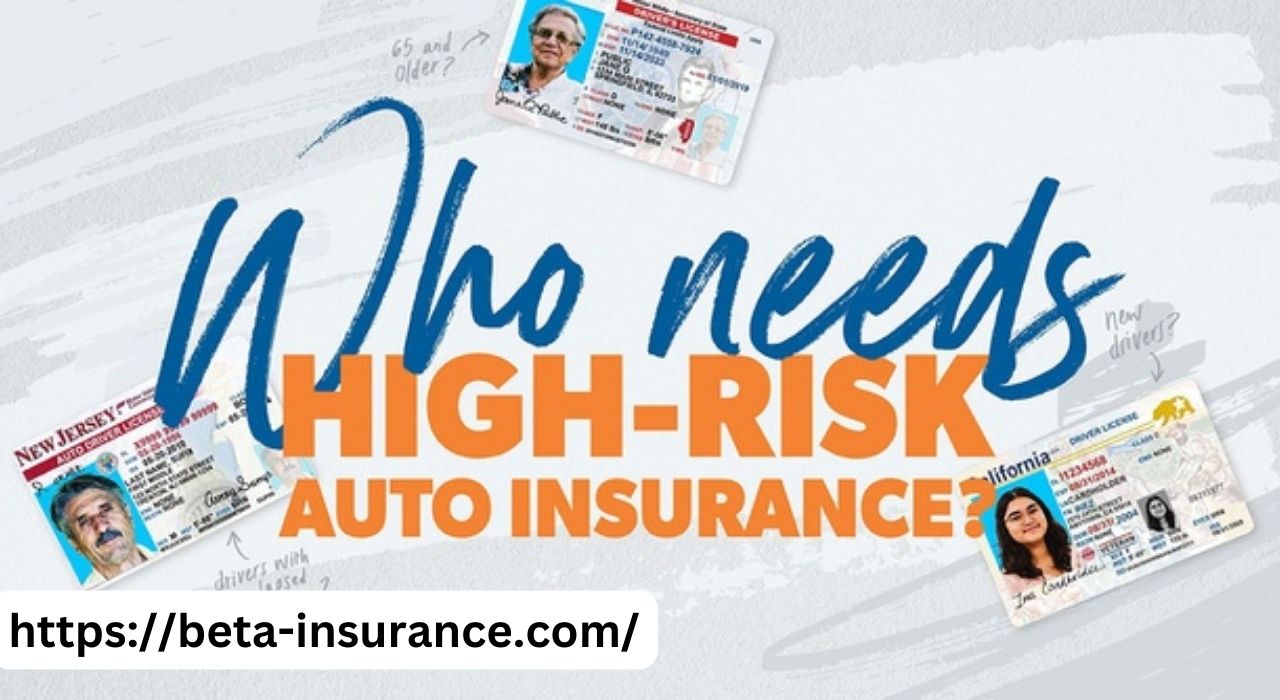
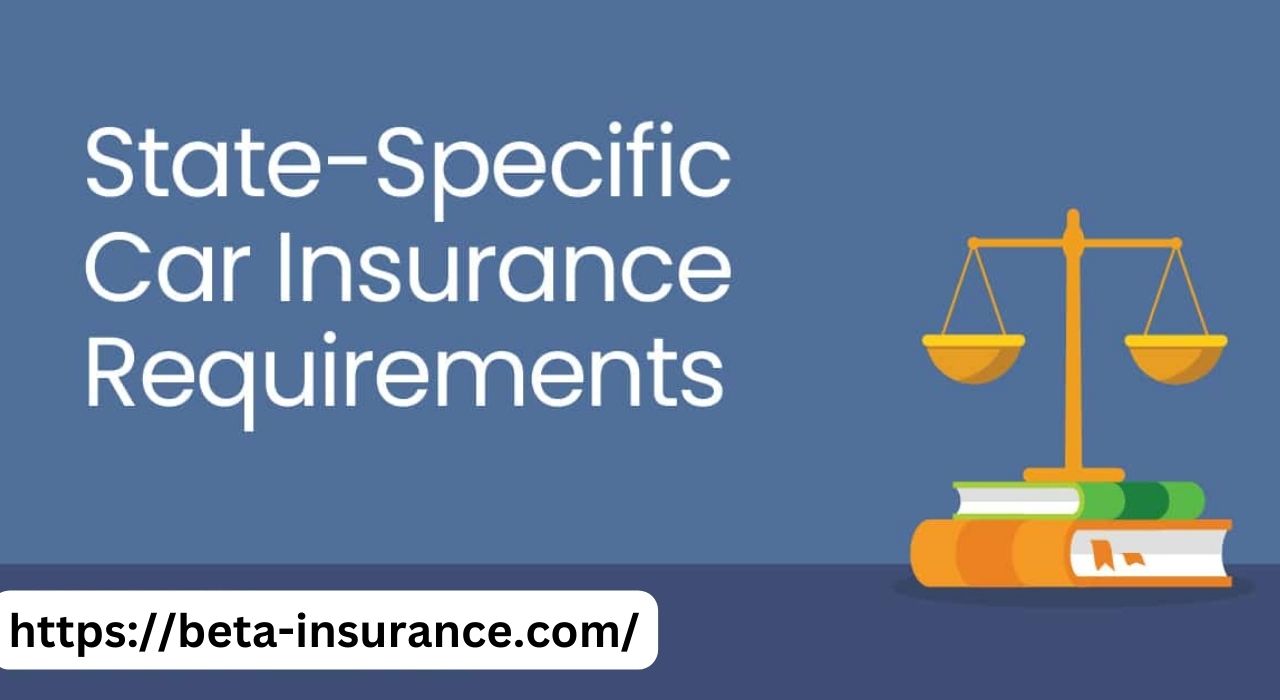

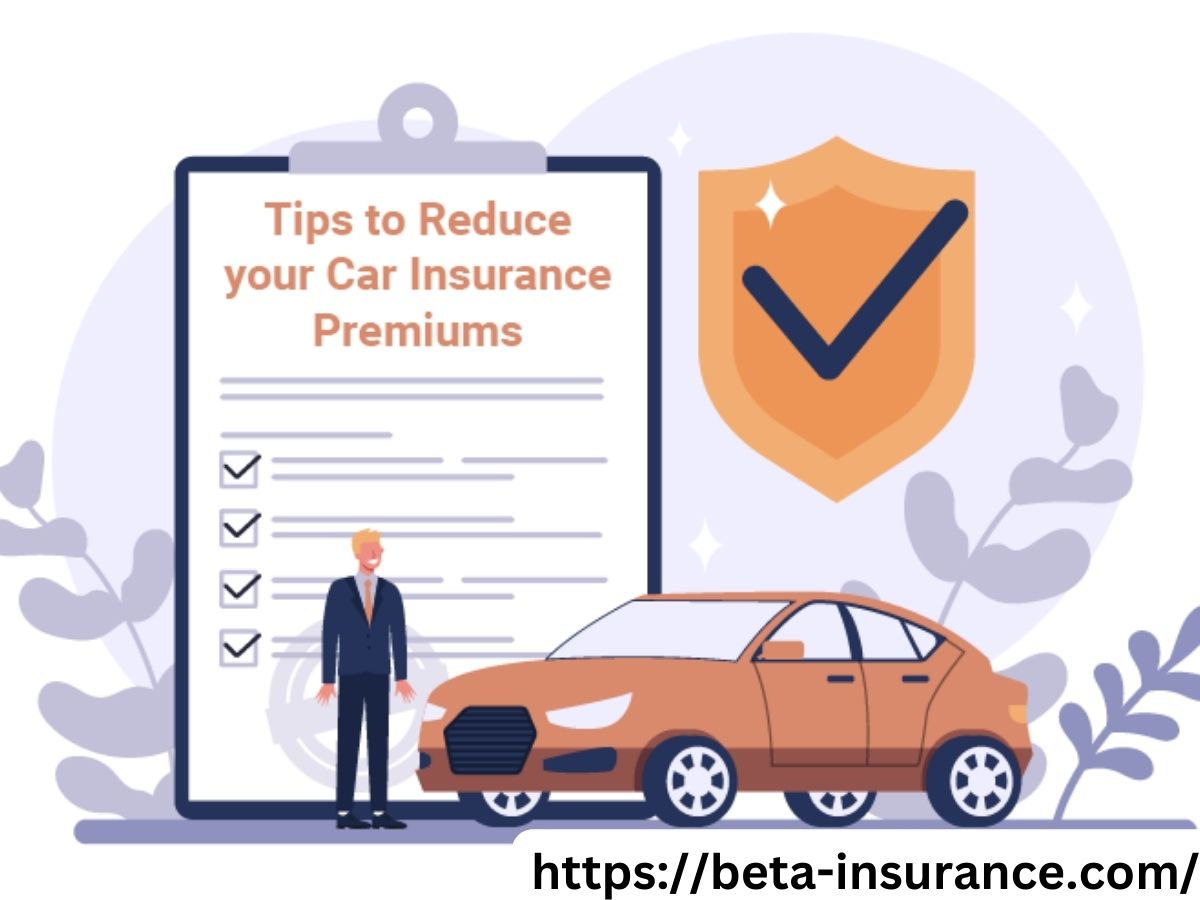





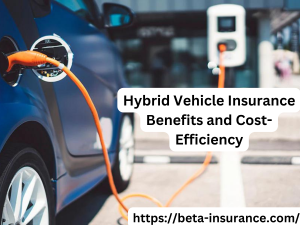




Post Comment